Gyeongju Jungang Market (경주 중앙시장)
1.9Km 2025-05-21
295 Geumseong-ro, Gyeongju-si, Gyeongsangbuk-do
+82-54-743-3696
Opened in 1983, Gyeongju Jungang Market is the main marketplace for Gyeongju locals. Nearly 700 stores selling clothing, oils, rice cakes, vegetables, general goods, and meat operate with some 2,000 vendors. The market is open nearly every day, with the busiest days being those ending in a 2 or 7. The night market, open from Thursday to Sunday, is especially popular among both tourists and locals.
Bunhwangsa Temple (분황사)
1.9Km 2024-02-29
94-11 Bunhwang-ro, Gyeongju-si, Gyeongsangbuk-do
Bunhwangsa Temple, located next to the ruins of Hwangnyongsa Temple in Gyeongju, was established in 634 during the Silla dynasty. Visitors can see cultural assets such as the Stone Brick Pagoda designated as a national treasure, and the Pedestal for the Stele of State Preceptor Hwajaeng registered as a Historic Site. Despite being a significant and ancient temple, much of it was lost during wars such as the Mongolia invasions and the Japanese invasions of Korea, leaving only a few buildings and temple grounds like Bogwangjeon Hall. Nearby, there is the Hwangnyongsa Museum.
SILLA BOUTIQUE HOTEL PREMIUM (신라부티크호텔 프리미엄)
1.9Km 2024-08-22
200 , Gangbyeon-ro, Gyeongju-si, Gyeongsangbuk-do
+82-54-745-3500, +82-54-624-3366
Shilla Boutique Hotel Premium is a family-oriented hotel in Gyeongju, Gyeongsangbuk-do. Dedicated rooms for travellers with young children have low beds to prevent falls, and family customers are provided with free tickets to local playparks. For older guests, screen-golf discount coupons are provided. The hotel is a 5-minute walk from the Gyeongju bus terminal, a 20-minute bus ride from Singyeongju station, and an easy drive to most of the city’s tourist attractions.
Hanok Pension The-Nine (한옥펜션 더나인)
2.3Km 2025-11-05
87 Chunghyoseoak-gil, Gyeongju-si, Gyeongsangbuk-do
This is a Hanok pension where all the members of 'I Live Alone' went on a trip together and stayed. The most special thing about this place is that it has a swimming pool inside. There is a shallow pool for children and two pools for adults, which can be used freely. Towels are provided and you can rent a tube to enjoy a comfortable swim. The interior is also conveniently decorated while preserving the beauty of a Hanok, and all facilities are tidy. There is also a separate barbecue area.
Tomb of Queen Seondeok (경주 선덕여왕릉)
2.3Km 2022-07-27
Baeban-dong, Gyeongju-si, Gyeongsangbuk-do
+82-54-779-6100
The Tomb of Queen Seondeok is a round tumulus with a circumference of 73 meters. Aside from the fact that it is circled by a protective two-layer rock, the tomb has no other unique features. As the oldest daughter of King Jinpyeong, Queen Seondeok became the first queen of the Silla Kingdom. During the 16th year of her reign, Bunhwangsa Temple and Cheomseongdae Observatory were built. She also ordered the construction of the famous nine-story wooden pagoda of Hwangyongsa Temple, a significant achievement of Buddhist architecture. While many of her efforts laid the foundation for the unification of Three Kingdoms of Korea, Queen Seondeok’s reign was plagued by rebellion and strife and she died in 647 during a rebellion, 23 years before unification was realized.
Huewon (경주휴원)
2.4Km 2024-12-19
154 , Chunghyoseoak-gil, Gyeongju-si, Gyeongsangbuk-do
+82-10-5651-1253
Hyuwon is a hanok guesthouse in Seoak-dong, Gyeongju, Gyeongsangbuk-do, that offers guests a healthy and peaceful sojourn in a traditional red clay hanok. Rooms are bright, with clean and comfortable bedding. In the yard visitors will find a garden, an old well and water pump, and magnolia trees standing out against the low mountains. An early morning walk through the mist to the nearby Dobong Seodang village school is highly recommended.
Gyeongju Tomb of King Muyeol, Stele of King Taejong Muyeol (경주 무열왕릉, 태종무열왕릉비)
2.7Km 2025-06-13
10-4 Neungnam-gil, Gyeongju-si, Gyeongsangbuk-do
The Tomb of King Muyeol is the tomb of Kim Chun-chu, who acsended to the throne as King Muyeol (r. 654-661), the 29th ruler of the Silla Kingdom. The tomb is located at the southwestern foot of Seondosan Mountain in Gyeongju. As king, he sought to unify the three kingdoms by allying forces with China's Tang dynasty, but passed away before he could successfully accomplish his goal. His tomb is relatively large, reaching a x_height of 8.7 meters, and having a circumference of 114 meters. Originally made with large stones, the tomb has been covered in dirt and grass with the passing of time. To the east of the grave are the remains of his stele with an inscription that reads “Taejong Muyeol Daewangjibi (Tombstone of the Great King Muyeol)," indicating the owner of this grave.
La Fleur (라플레르)
2.7Km 2024-02-28
421-11 Alcheonbuk-ro, Gyeongju-si, Gyeongsangbuk-do
La Fleur is a hanok café located near the UNESCO World Heritage Site Hwangnyongsa Temple. It offers a selection of beverages and simple meals like bibimbap and its signature menu item, avocado myeongnan bibimbap (avocado and pollack roe bibimbap). The café boasts a beautifully curated garden adorned with various trees and ornaments, while the interior is adorned with potted plants and decorative items.
Gyeongsangbuk-do Forest Research Institute (경상북도 산림환경연구원)
2.7Km 2021-02-01
367, Tongil-ro, Gyeongju-si, Gyeongsangbuk-do
+82-54-778-3813
Located at the foot of Namsan Mountain in Gyeongju, Gyeongsangbuk-do Forest Research Institute is a popular spot for field trips and relaxation due to the institute's rare and rural forestry along with well-preserved endangered plants and wild flowers.
Gyeongju Tomb of Kim Yu-sin (경주 김유신묘)
2.8Km 2022-08-12
44-7, Chunghyo 2-gil, Gyeongju-si, Gyeongsangbuk-do
+82-54-749-6713
The tomb of General Kim Yu-sin (595-673) is located near the Gyeongju Express Bus Terminal at the end of a scenic lane, popular in spring for its walls of yellow forsythia and pink cherry blossom trees in bloom. The tomb itself is located in a scenic area thick with pine trees, on the eastern side of Songhwasan Mountain. The tomb of General Kim Yu-sin is a large tomb measuring roughly 30 meters in diameter, circled by a stone fence with 24 guard posts. The tomb base wall features relief carvings of the 12 Oriental zodiac gods standing guard over the tomb, brandishing weapons. The carvings are unique in that while their bodies face outwards, the heads are all turned to the right. The elaborately decorated tomb is second in grandeur only to those of royalty.
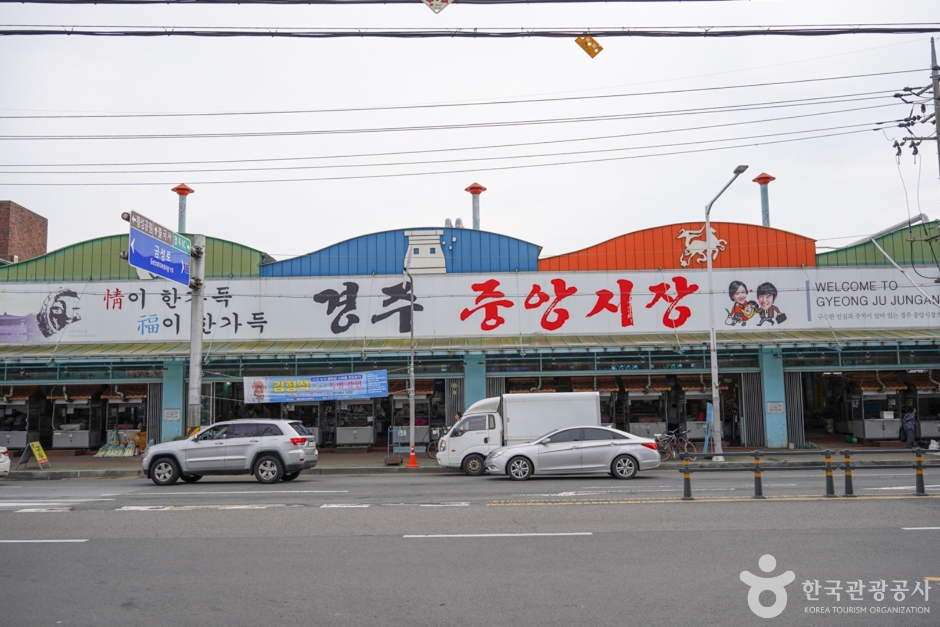

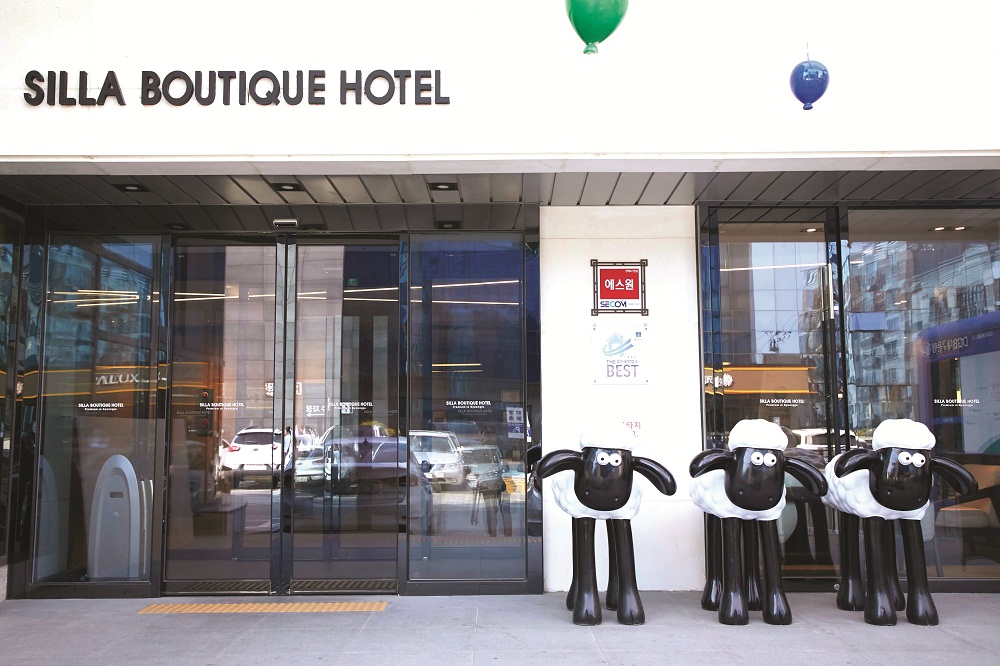

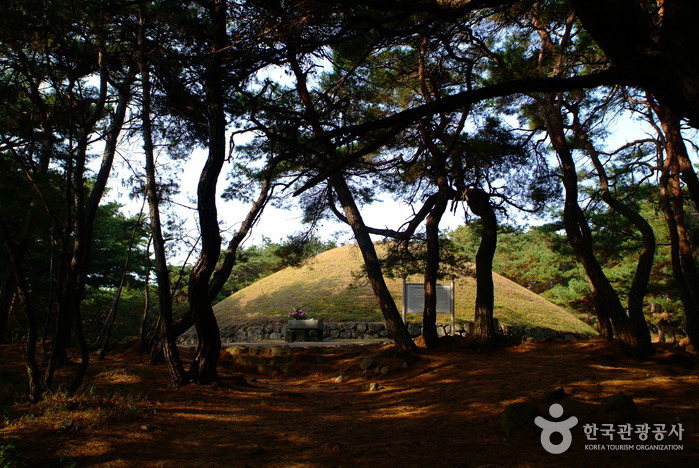
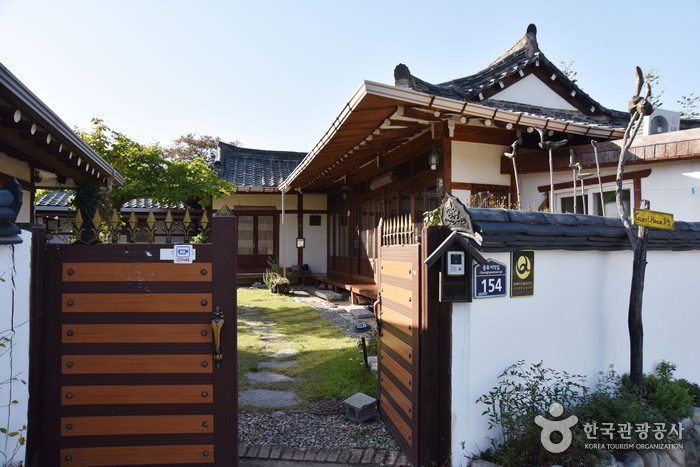
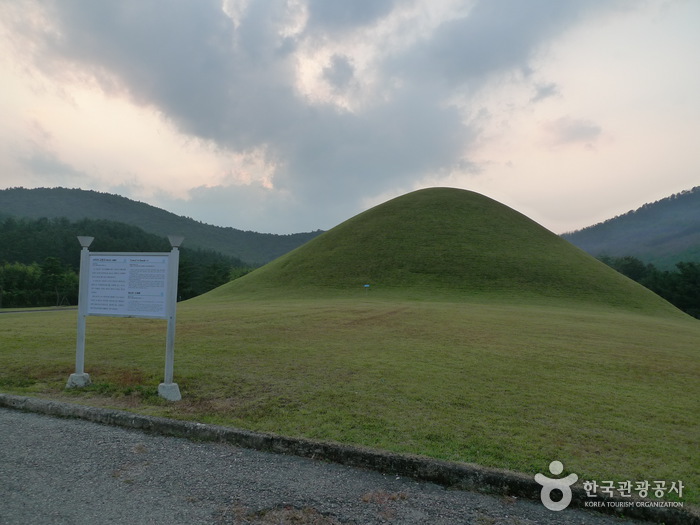
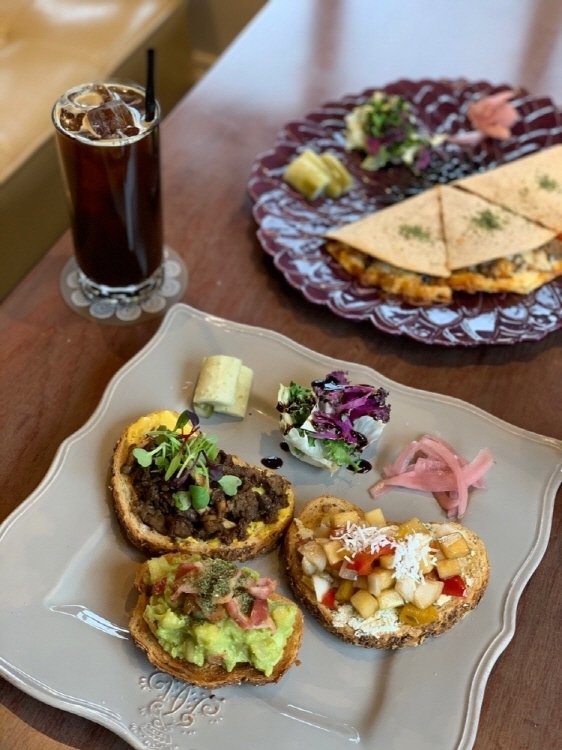
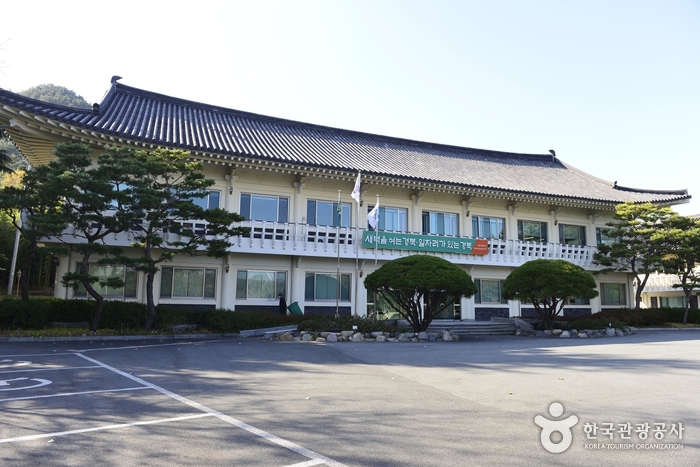
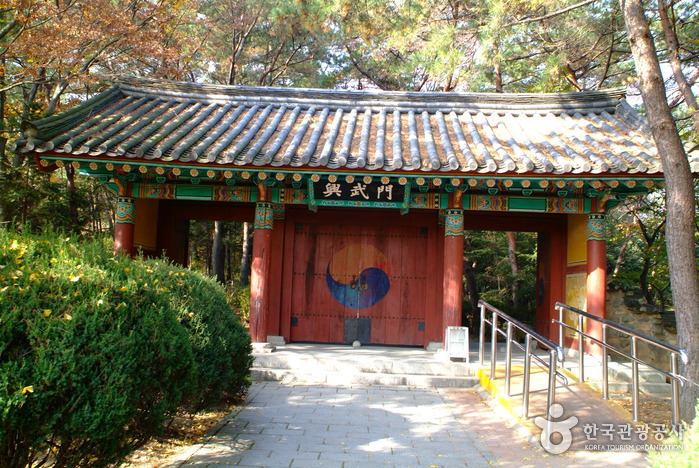
 English
English
 한국어
한국어 日本語
日本語 中文(简体)
中文(简体) Deutsch
Deutsch Français
Français Español
Español Русский
Русский